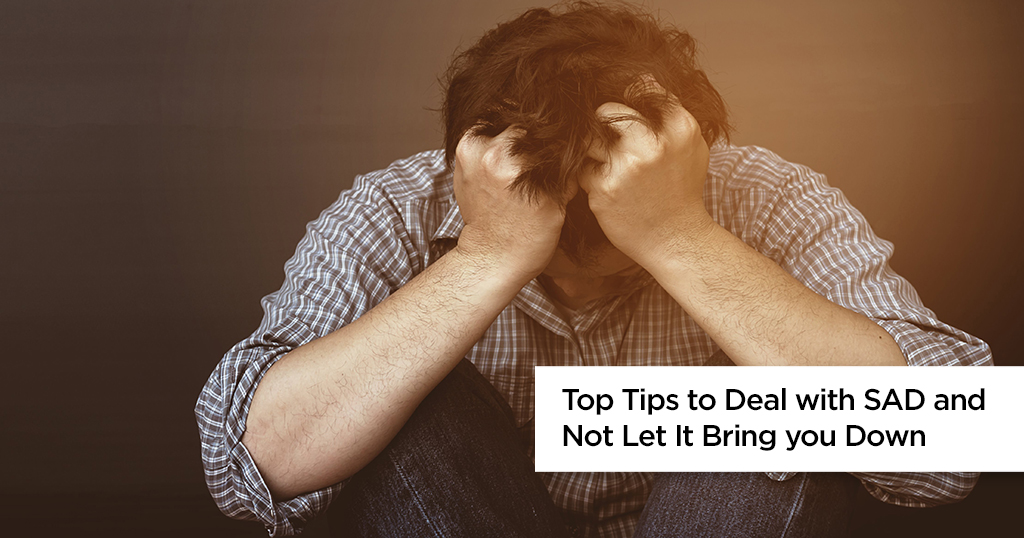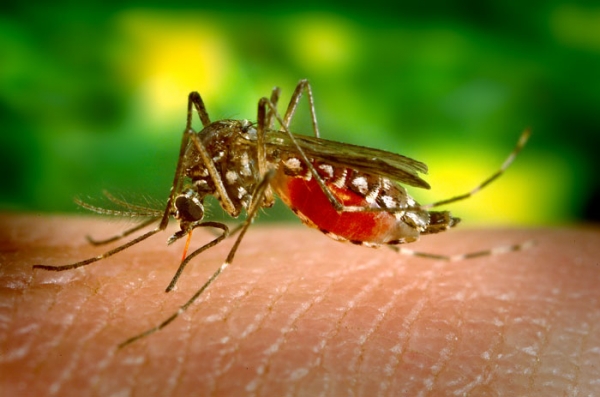Fight Sleepwalking (Somnambulism) and Have a Good Night’s Sleep


Somnambulism, also commonly known as sleepwalking, is a sleep behavior disorder. In most cases, people with this disorder walk around while they are asleep. Sometimes, it also involves physical behavior other than walking. Somnambulism is more common among kids than adults.
People suffering through the sleepwalking disorder cannot recall the occurrence because they tend to remain in deep sleep during the entire episode of sleepwalking. They might open their eyes while sleepwalking but they can’t see the same way they do when awake. Often times it can be difficult to wake them up. There is a higher chance of a sleepwalking episode in case the person is sleep deprived. Other than sleep deprivation, sleepwalking can be triggered by certain medications, fever related illness and alcohol. Sometimes, sleepwalking is an inherited trait and tends to run in families. According to sleepfoundation.org, the prevalence of sleepwalking in the general population is estimated to be between 1% and 15%.
Symptoms of Sleepwalking
Sleepwalking symptoms mostly occurs after 1-2 hours of being asleep. It can last for a few minutes and sometimes longer. The frequency is often not consistent. It can involve walking around in a smaller area to leaving the house and covering a longer distance.
People with sleepwalking disorder may experience the following symptoms while asleep:
- Sitting up in bed, walking, rubbing eyes
- Sleep talking
- Glazed, glassy-eyed expression
- Unable to respond to others
- Unable to wake up while sleepwalking
- Disorientation for a short time after waking up
- Unable to hold any memory of the episode after waking up in the morning
- Unable to properly function during the day
- Sleep terrors in addition to sleepwalking
In some cases, people also show the following behaviours while asleep:
- Routine activities, like talking or eating
- Driving a car
- Unusual behavior, like urinating in a closet
- Jumping out a window
- Getting violent
Causes
Sleepwalking is classified as Parasomnia. Parasomnia is a type of sleep disorder that involves abnormal movements, behaviors, emotions, perceptions, and dreams that occur while falling asleep, sleeping, between sleep stages, or during arousal from sleep.
Main factors that contribute to sleepwalking, include:
- Sleep deprivation
- Stress
- Fever
- Disturbed sleep schedule
- Frequent sleep interruptions
- Lack of a comfortable sleep environment
- Illness
- Anxiety
- Going to bed with full bladder
- Hyperthyroidism or overproduction of thyroid hormones
- Migraine headaches
- Head injury
- Encephalitis or brain swelling
- Stroke
- Premenstrual period
- Bloated stomach
- Physical or emotional stress
- Other sleep-related disorders or events
- Travel
- Sleeping in unfamiliar surroundings
Treatment and Prevention
Sleepwalking cannot be cured by any specific treatment. If you or your child experiences the symptoms mentioned above, it is important your visit a doctor or a sleep specialist. They can educate you about good sleep health, creating a safe environment, preventing injuries and help you cope up with the disorder. Unless there is a display of violent behaviour, sleepwalking arousal does not cause any harm and often dissipates over time. Relaxation techniques, mental imagery, and anticipatory awakenings are the treatment options often preferred for sleepwalking disorder. In anticipatory awakenings, the person is supposed to be awaken approximately 15-20 minutes before the usual time of a sleepwalking episode, and then is kept awake through the time during which the episodes usually occur.
These treatment methods are most effective when done with the help of an experienced behavioral therapist.
Sleep hygiene
Improving sleep hygiene can also help you eliminate the problem.
In simple words, sleep hygiene includes practices that help improve the night time sleep quality and daytime alertness.
Here is how you can improve your sleep hygiene:
- Limiting daytime naps to 30 minutes – Helps you relax your mind and re-energize.
- Avoiding caffeine, nicotine, alcohol when close to bedtime- These tend to disturb the sleep and affect the sleep cycle.
- Doing regular exercise for at least 30 minutes- Exercise promotes quality sleep and improves night time sleep.
- Avoid eating heavy meals before going to sleep- Heavy or rich foods, if consumed close to bedtime can cause heartburn and disrupt sleep cycle.
- Set a fixed sleep time routine- Fixed routine helps body recognize the sleep time and makes you fall asleep with ease.
- Ensure adequate exposure to natural light – Exposure to sunlight during the day, as well as darkness at night, helps to maintain a healthy sleep-wake cycle.
- Use comforting mattresses and pillows- This helps ensure a pleasant and a relaxed environment for sleep and get rid of any anxiety you may have before sleep.
- Avoid TV or mobile phone screen before going to sleep- Screens can cause hormonal imbalance that can cause anxiety and aggravate the mood.
If it takes you too long to fall asleep, it is important that you consider evaluating your sleep routine and revising your bedtime habits to maintain a healthy sleep cycle.
With few precautionary measures you can ensure the safety of the person going through sleepwalking disorder also of everyone around them. It is extremely important to take these measures especially with kids.
Here’s how to protect yourself or your family member and prevent injury when sleepwalking
- Keep the doors and windows locked
- Use the ground floor bedroom to sleep if possible
- Cover windows with heavy drapes
- Keep the bedroom free from sharp or harmful objects
- Install gates on stairways
When to see a doctor?
- If the occasional disorder does not resolve on its own
- If sleepwalking occurs frequently for more than one to two times a week or several times a night
- If the sleepwalking behaviour seems dangerous and can potentially harm the person or other members of the family
- If the disorder causes fatigue and excessive sleepiness during daytime
- If the disorder continues in the teenage or starts during adulthood
Managing your sleep can be difficult but it is essential to resolve sleepwalking disorder. With lifestyle changes and moderate exercise, you help reduce the occurrences. Often times, there is a social embarrassment attached with sleepwalking disorder. However, it is important to remain consistent in the effort and not be discouraged. Keep your body healthy and mind relaxed and ask for help whenever required.
© Copyright 2024. Apollo Hospitals Group. All Rights Reserved.
 +91 8069991061
Book Health Check-up
+91 8069991061
Book Health Check-up







